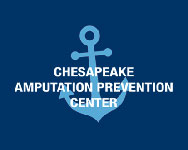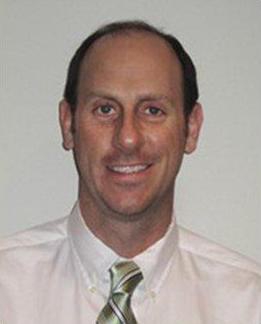 A toe with a permanent bend in the middle joint may not seem like a serious issue, but without proper treatment, hammer toes can lead to pain, discomfort, and limited mobility. Annapolis Foot & Ankle Center’s experts offer complete medical and surgical care for hammer toes. Our podiatrists can evaluate your hammertoe and determine the best course of care. Nonsurgical treatment may be possible in cases where the toe is still flexible.
A toe with a permanent bend in the middle joint may not seem like a serious issue, but without proper treatment, hammer toes can lead to pain, discomfort, and limited mobility. Annapolis Foot & Ankle Center’s experts offer complete medical and surgical care for hammer toes. Our podiatrists can evaluate your hammertoe and determine the best course of care. Nonsurgical treatment may be possible in cases where the toe is still flexible.
What Are Hammer Toes?
A hammer toe is a toe with a bend at the middle joint, and it may or may not be able to move at that joint. Hammer toes usually affect the second, third, or fourth toe and can be painful for some people. Having hammer toes changes the position of your toes, allowing them to rub together or against the insides of your shoes, putting you at a higher risk for corns and calluses.
At Annapolis Foot & Ankle Center, our experts assess the muscle imbalances that cause hammertoe deformity. We’re often able to stop hammer toes from worsening or correct the condition surgically. During your initial visit, we may order X-rays to evaluate the health of your bones and joints.
Common Causes of Hammer Toes
Many behavioral, genetic, and clinical factors can cause or contribute to the development of hammer toes. Our foot and ankle specialists help you review your behaviors and explore the potential causes of your deformity. For example, the muscles within your toes can shorten, resulting in hammer toes, due to the following factors:
- Shoes that are too small or too narrow
- Rheumatoid arthritis
- Osteoarthritis
- Foot trauma
- Cerebral vascular accidents
- Heredity
Additionally, your risk for hammer toes increases as you age and may also be higher if your second or third toe is longer than your big toe.
Conservative Care for Hammer Toes
During your examination, our podiatrists may ask you to try to move or bend your hammer toe (or hammer toes) to determine their severity. Whether you can move or bend your toes determines the recommended course of care. Our specialists create your personalized care plan based on the severity of your condition and the factors that caused or contributed to it. Treatment for hammer toes will depend on the severity, the pain and the lifestyle of our patients.
If you’re still able to flex the affected toes, your hammer toe treatment may include some simple exercises, physical therapy, and lifestyle changes, such as choosing shoes that fit well and have a roomy toe box. In some cases, we may suggest using orthotic inserts or pads to reposition your toes within your shoe to relieve the pressure they experience locked in a bent position.
What You Should Know About Hammer Toe Surgery
Hammer toes that you can’t flex might need surgical intervention. If you’re suffering from rigid hammer toes, our board-certified podiatric surgeons can perform surgery, known as hammer toe surgery, to realign the muscles and tendons in your toe. In some cases, we may also remove small fragments of bone from the affected toe or use pins to temporarily hold the toe straight.
Proper post-operative care is as important as the surgery itself. We often recommend exercises that help strengthen the toe as it heals, such as picking up marbles with your toes or using them to crumple a towel. Also, wearing non-heeled shoes is imperative after hammer toe surgery. Make sure to opt for shoes that are large enough to allow for a half-inch of space in front of your toes.



